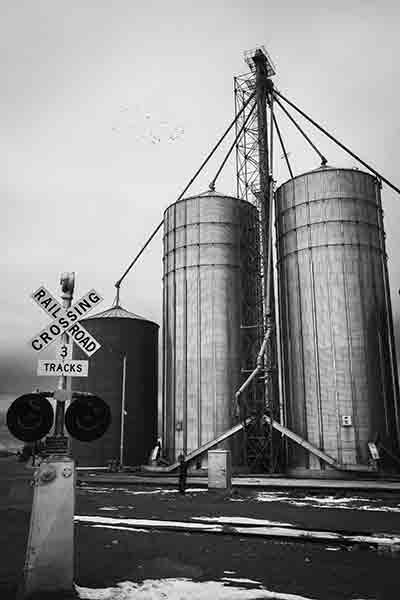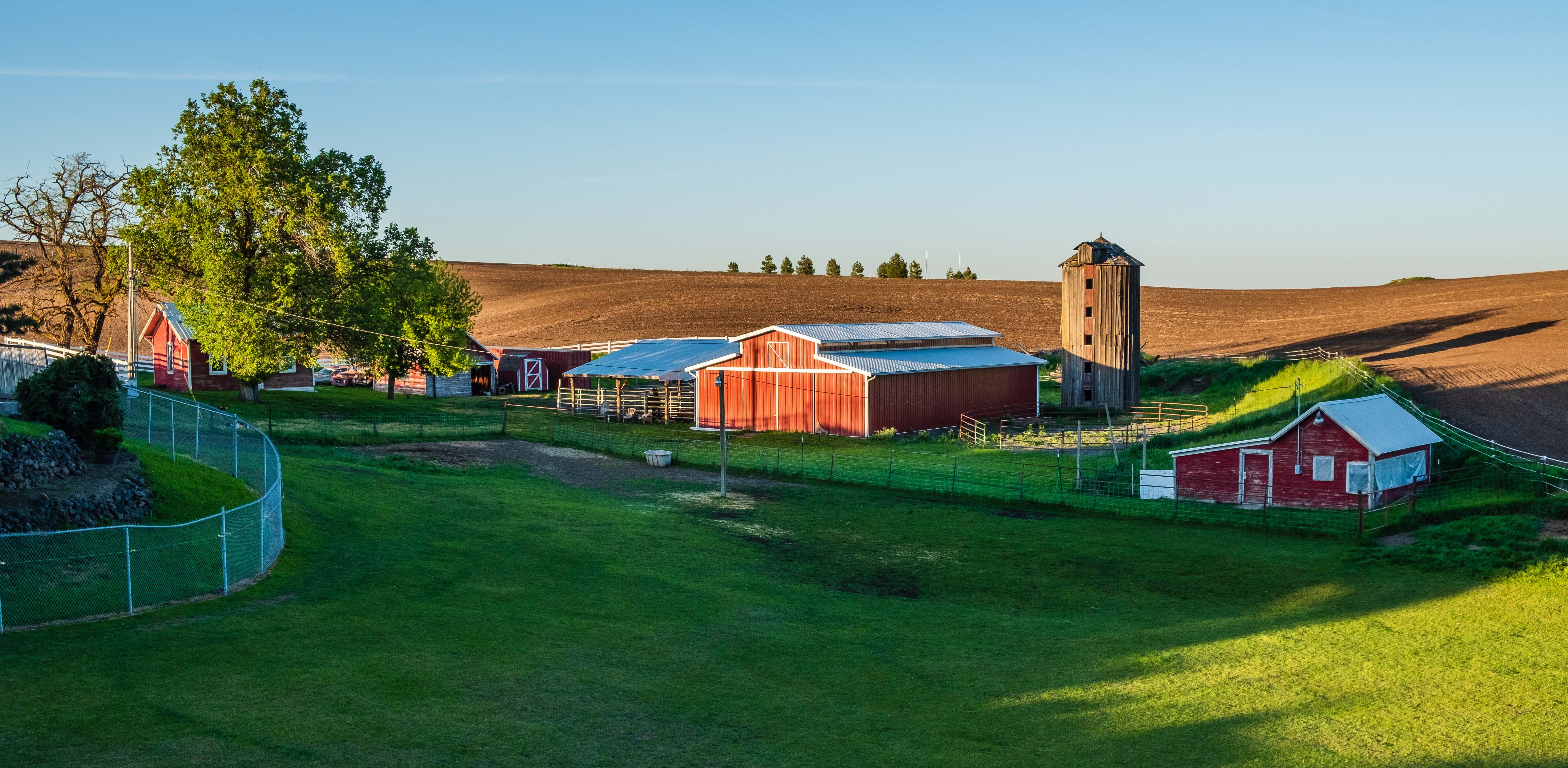Digital Tools for Water Conservation
From modernag.com | February 2017

The world today faces a variety of pressures on the supply of fresh water. Worldwide, farming uses 70 percent of the water from rivers, lakes, groundwater, and glaciers, known collectively as blue water. Regions that benefit from plentiful rainfall have an added source, called green water, that either evaporates or is used by plants.Another source of pressure on fresh water supplies comes from a rapidly changing climate, which alters weather and precipitation patterns across the planet.
When less rain falls (as compared to historical averages), farmers must adapt by irrigating more often. When more rain falls, farmers must also adapt, usually by selecting different seeds that are bred to tolerate wet soils. In response to these circumstances, farmers are adopting more efficient irrigation systems, improving their ability to keep water in the soil.
Drip irrigation is one of the most efficient methods for delivering water to crops with minimal waste. Currently, it is used on less than 2 percent of irrigated land in the world but it can reduce water use by 30 to 70 percent. Although it has a high initial cost, there are a number of advantages including reduction of evaporation, reduction of water consumed by weeds, and irrigation to an exact root depth of crops.

